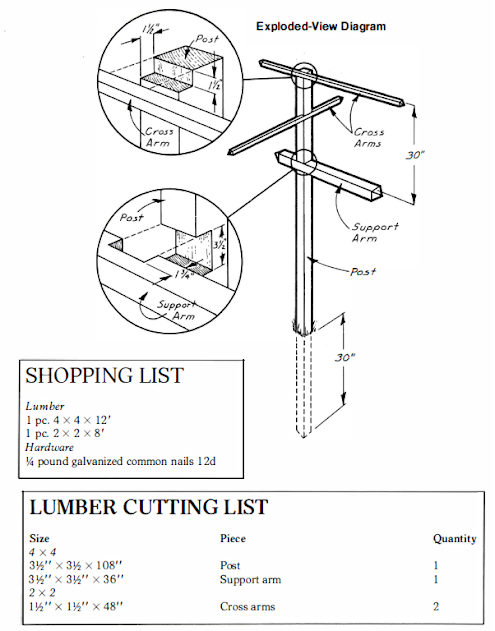Angular & TypeScript from Basic to Advanced plus Live Project
Angular & TypeScript from Basic to Advanced plus Live Project
Learn all features of Angular (with TypeScript) and eventually perform CRUD operations using Angular and Web API
Build real-world Web applications with Angular 4
Master the best practices of Angular.
Tools and tips to debug and troubleshoot errors.
Course content
25 sections • 53 lectures • 18h 29m total length
Requirements
Basic Knowledge on JavaScript is essential. Visual Studio Code or any other IDE of your choice.
You don't need to familiar with Angular 1
Description
The course enables you to master front-end web development with Angular 4. It helps you gain in-depth knowledge of concepts.
This Course is compiled by Mr. Sandeep Soni, Microsoft Certified Trainer with experience over 21 years.
Mr.Sandeep has worked closely with many IT companies and helped them with their technology resources training needs. He considers this to be the best part of his profession and he enjoys the most because he gets to meet new people; get involved in the ever changing technology needs and provide them with optimum solution to the problems they face in application development. This is how he keeps himself updated with the latest technology in the industry
He is always accessible to all his students anytime for any kind of question they may have.
We also have a new course for Angular, named "Angular7 and TypeScript - Complete course". You can go through its Curriculum and decide which course would be beneficial for you.
By the end of this course you should able to
Understand importance of Angular and its key features.
Learn about the Angular Library and MVC framework
Create Controllers and share data between Controllers
Dependency Injection Concepts
Learn Custom Directives, Filters and overview of Creating Routes
Description of Angular Modules
Deploy Validations and Business Logic in Controllers
Integrating Angular with MVC Web API
Work on real-time AngularJS 4 applications
Who this course is for:
- Front-end developers who want to stay up-to-date with the latest technology
- Back-end developers who want to learn front-end development and become full-stack developers
TypeScript has had some changes since this class was created and the code in the video would not run with the current version of TS without modifications. The class Hello requires these changes:
class Hello {
FirstName!: string;
LastName!: string;
SayHello = function (this: Hello) : string {
return "Hello " + this.FirstName + " " + this.LastName;
}
}
Thankfully it was easy to find the solution, and the video should be updated to reflect the changes. Also, although semicolons are not required in most places, it's still best practice to use them in my opinion, and I'm not sure why semicolons were used in some places and omitted in others. Besides that, the video was good and I look forward to the rest of the course.


















